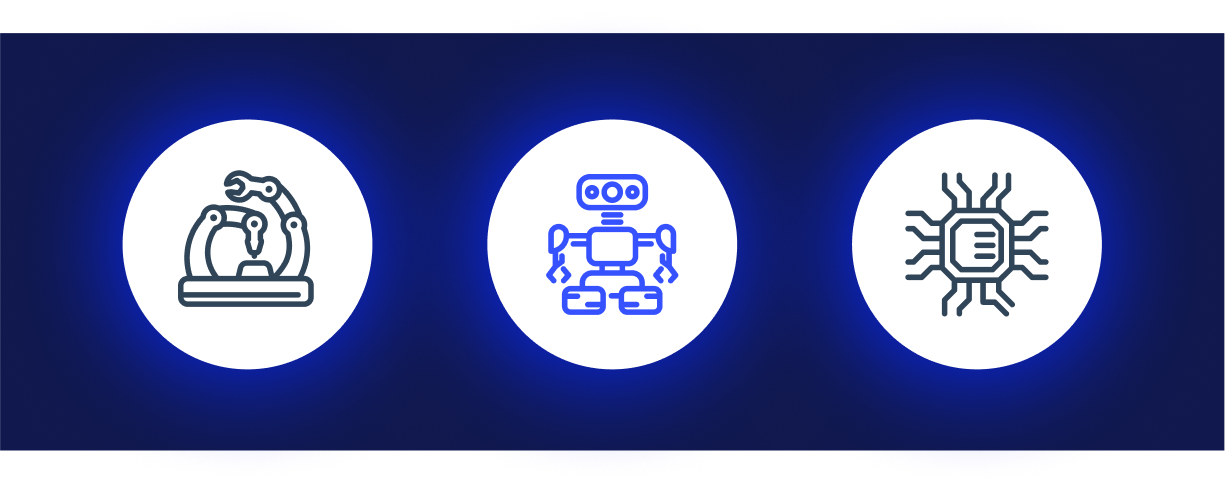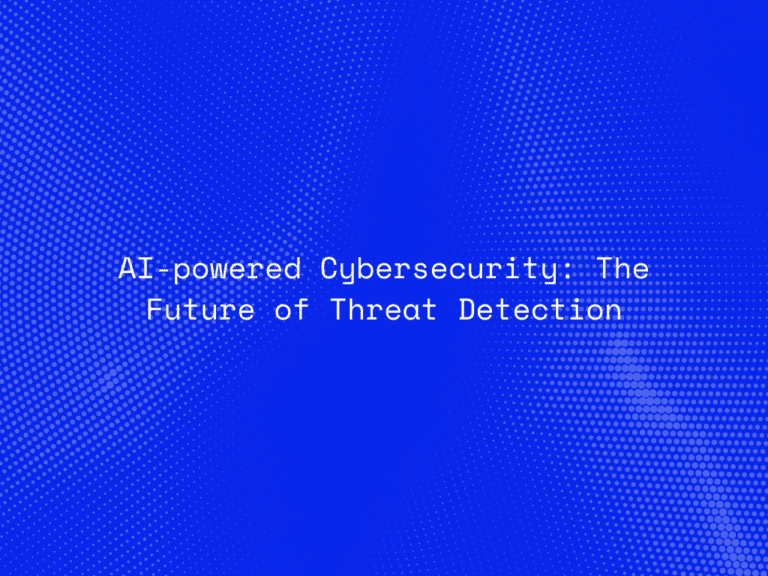In today’s AI-powered landscape, the conversation is no longer just about automation or efficiency—it’s about collaboration. The most forward-thinking enterprises are not replacing humans with machines; they are creating powerful partnerships between the two. This synergy—human + machine—is transforming how organizations innovate, make decisions, and deliver value.
Rather than delegating tasks entirely to AI, businesses are now designing systems where AI augments human capabilities, enhances creativity, and supports better decision-making. This blog explores how enterprises can successfully craft collaborative AI experiences that combine the strengths of both humans and machines.
The Shift Toward Collaborative Intelligence
Collaborative AI, also known as augmented intelligence, prioritizes the complementary relationship between humans and machines. While AI can analyze massive datasets, identify patterns, and automate routine tasks at scale, humans provide context, intuition, empathy, and ethics—qualities that machines cannot replicate.
In this blended model:
-
Humans guide AI by framing problems, refining models, and validating results.
-
AI supports humans by offering insights, predictions, and operational speed.
This shift moves the enterprise from automation-centric to collaboration-centric AI strategies—ushering in a new era of decision-making and innovation.
Why Human + Machine Collaboration Matters
1. Smarter Decision-Making
AI provides data-driven insights, but human judgment is essential for interpreting those insights in real-world contexts. Together, they enable smarter, faster, and more nuanced decisions.
2. Ethical and Transparent AI Use
Humans are needed to establish ethical boundaries, address algorithmic biases, and ensure that AI systems reflect organizational values and societal norms.
3. Enhanced Productivity Without Job Displacement
Rather than replacing employees, AI can take over repetitive tasks, enabling teams to focus on higher-order thinking, creative strategy, and customer interaction.
4. Continuous Learning and Adaptation
Human feedback is crucial to help AI systems learn, adapt, and improve over time. This continuous loop strengthens the accuracy and relevance of AI outputs.
Examples of Human + Machine Collaboration in the Enterprise
Customer Service
AI-powered chatbots can handle FAQs and triage basic queries, while human agents take over complex issues that require empathy and critical thinking.
Healthcare
AI assists in diagnostics by analyzing imaging data or predicting outcomes, but physicians make the final call based on patient history, intuition, and ethics.
Finance
Machine learning can detect fraud or predict market trends, but financial analysts assess the context and make judgment-based decisions accordingly.
Manufacturing
Robotics automate assembly lines, while human workers oversee operations, handle exceptions, and perform quality control.

Designing Collaborative AI Systems: Best Practices
1. Build for Human-Centered Design
Design AI tools that are intuitive, explainable, and integrated into the user’s workflow. The goal is to enhance—not complicate—the human experience.
2. Ensure Transparency and Explainability
Users must be able to understand how and why AI makes decisions. Explainable AI helps build trust and allows users to provide meaningful feedback.
3. Train Teams Alongside the Technology
Provide continuous learning opportunities so employees understand how to work with AI, interpret outputs, and leverage AI tools effectively.
4. Encourage Cross-Functional Collaboration
Bring together engineers, designers, data scientists, and domain experts to ensure AI solutions align with real-world needs and business goals.
5. Establish Clear Governance and Ethics Guidelines
Set standards around responsible AI use, including guidelines for data privacy, fairness, and human oversight.
The Future of Collaborative AI in the Enterprise
As we look ahead, collaborative AI is poised to become a defining characteristic of successful enterprise strategies. Generative AI, natural language processing, computer vision, and recommendation engines will increasingly be embedded across business functions—but their true potential will only be unlocked when paired with human insight.
This isn’t just about efficiency or performance. It’s about creating technology that works with us, not just for us—tools that extend our creativity, deepen our understanding, and amplify our impact.
Conclusion: Embracing Human + Machine Synergy
The future of enterprise AI isn’t about man versus machine—it’s about man with machine. By thoughtfully crafting collaborative experiences, businesses can build systems that are more intelligent, more ethical, and more resilient.
Collaboration between humans and AI is not a compromise—it’s a strategy for innovation, empowerment, and enterprise-wide transformation. The sooner organizations embrace this synergy, the more prepared they’ll be for the next frontier of digital evolution.




